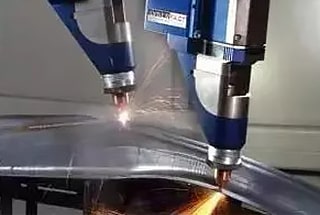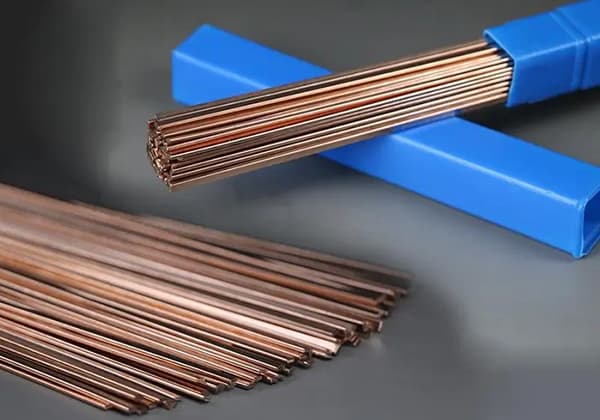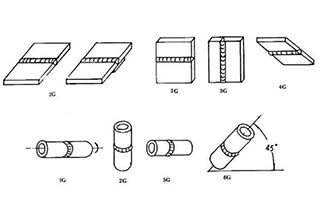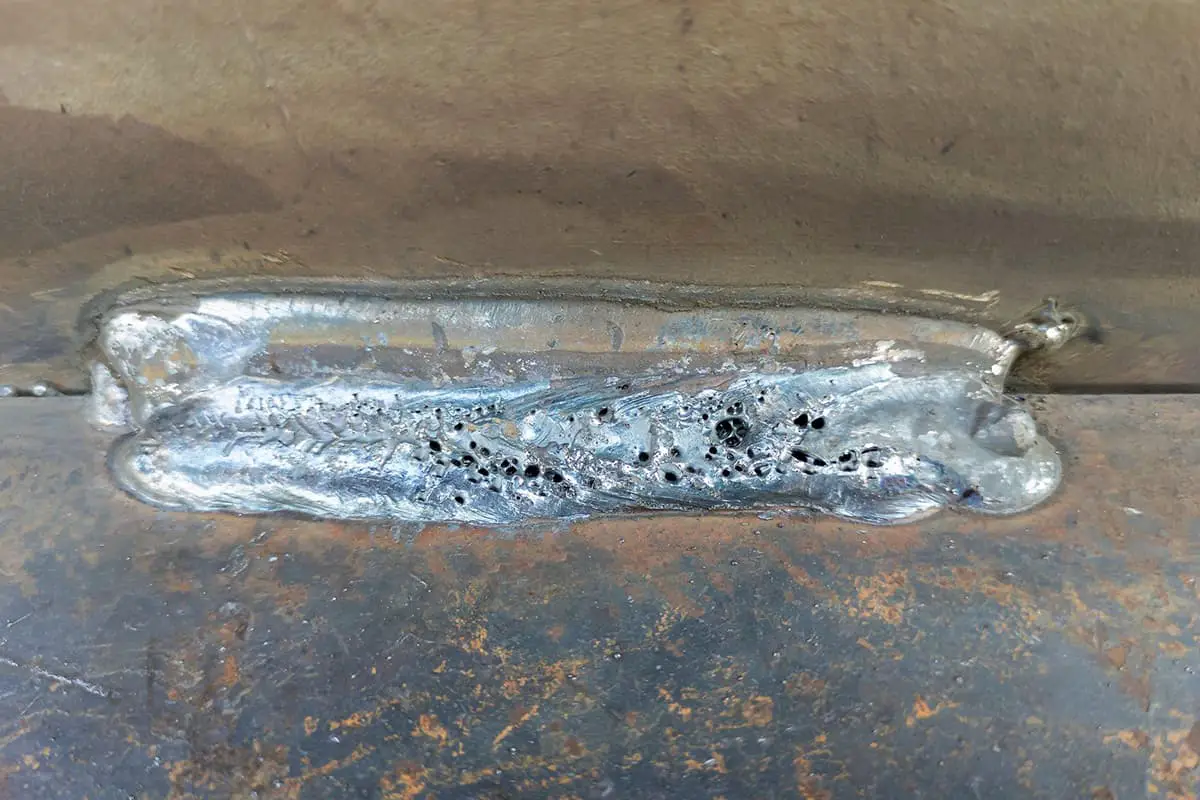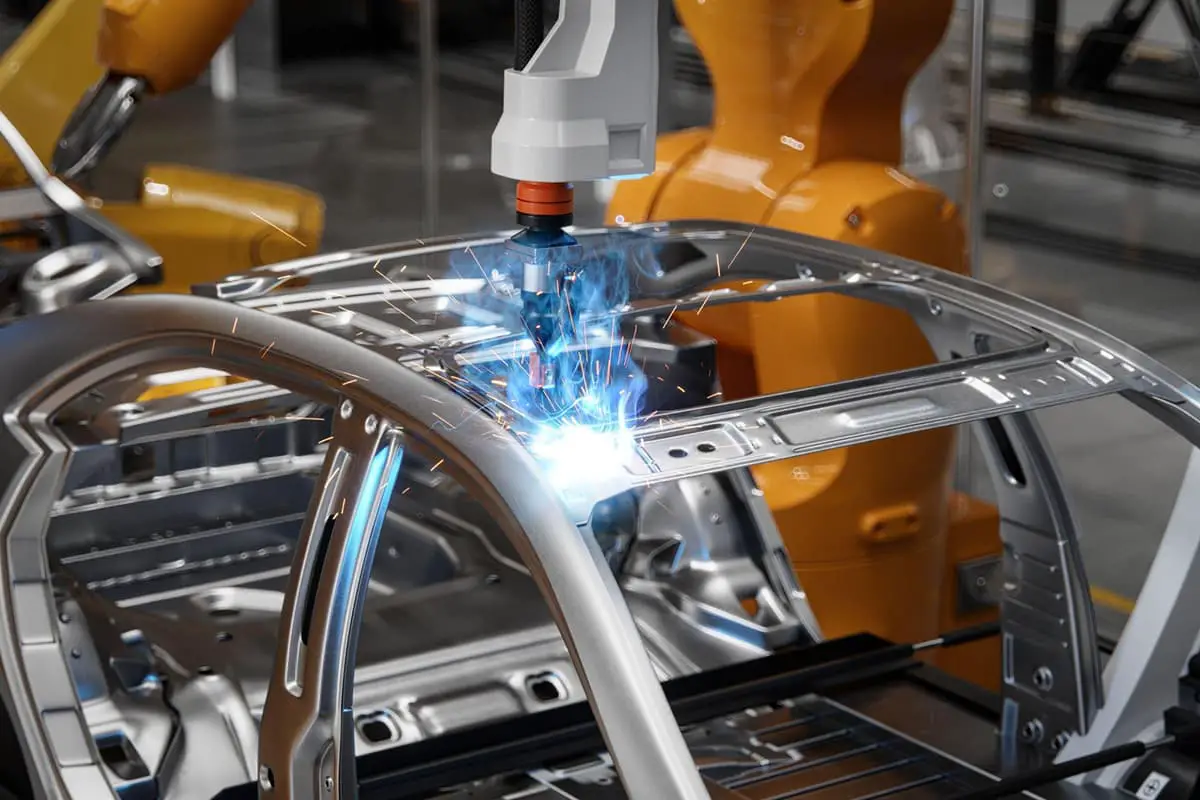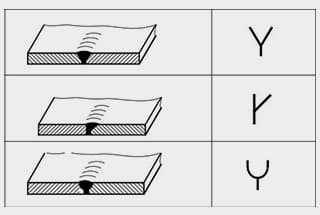
Welding technology is a prevalent technique in the field of mechanical manufacturing and has been extensively applied in various stages of industrial production. It plays a pivotal role in promoting industrial growth, advancing product technology, and stimulating the growth of the national economy. Welding offers numerous advantages: there are a multitude of welding methods with […]
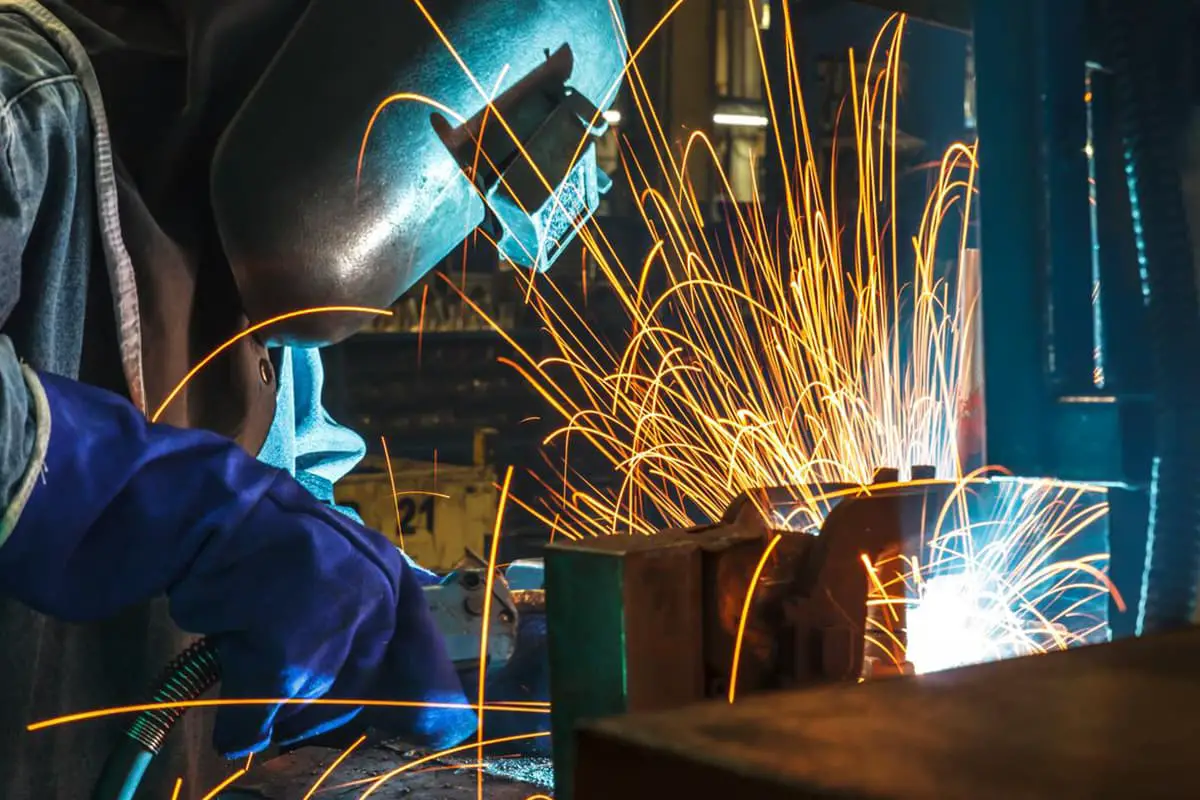
Welding technology is a prevalent technique in the field of mechanical manufacturing and has been extensively applied in various stages of industrial production.
It plays a pivotal role in promoting industrial growth, advancing product technology, and stimulating the growth of the national economy.
Welding offers numerous advantages: there are a multitude of welding methods with broad adaptability suitable for different requirements and mass production.
It easily facilitates welding automation using tools like spot welding robots and arc welding machines.
It’s effective for connecting various shapes, sizes, and materials, achieving objectives like weight reduction, material savings, and resource optimization.

Welding is particularly significant for creating large structures like locomotives, bridges, ships, and rockets due to its rigidity, integrity, and its ability to ensure air and water tightness.
It’s especially suitable for fabricating high-strength, rigid hollow structures such as pressure vessels, pipelines, and boilers.
Considering actual welding scenarios, this article delves into achieving high-quality and efficient processing of high-end equipment sheet metal through welding.
There are diverse welding methods including CO2 shielded welding, hydrogen arc welding, laser welding, aluminum welding, resistance welding, and robotic welding.
The best method can be chosen based on the specific product and customer needs to achieve optimal welding results.
Welding automation: By integrating advanced automated welding equipment (welding robots) with manual welding, production efficiency is enhanced, ensuring product quality.
Customized production: Customized solutions are offered based on client requirements. Design and manufacture of various structural components are tailored to the client’s specifications, as shown in Figure 1.

As market competition intensifies, manufacturers continually refine and elevate their techniques and methodologies.
They also focus on training welders, emphasizing quality, to meet market demands.


In conclusion, overcoming challenges is essential for any company’s growth and development.
Welding factories must constantly innovate and enhance their methodologies and techniques to meet market demands and boost productivity.
Simultaneously, they should prioritize environmental protection and employee safety, fostering a harmonious work environment, laying a solid foundation for sustainable business growth.


